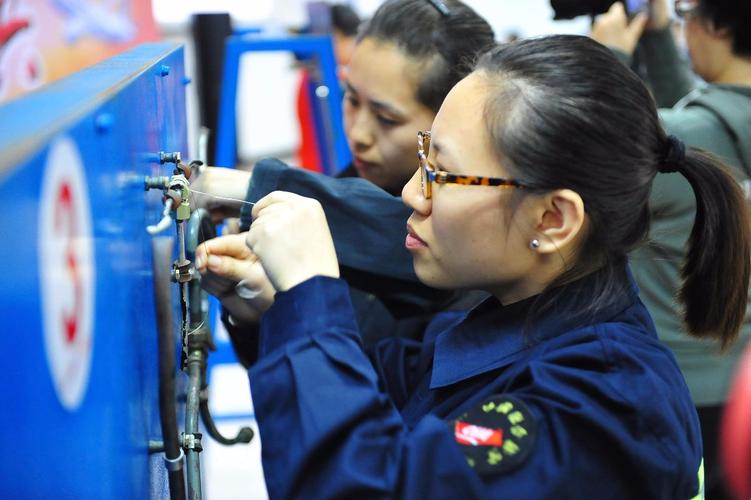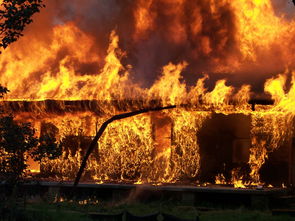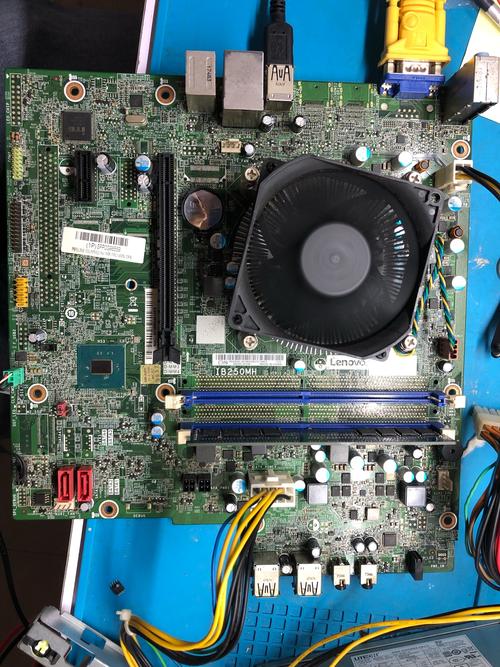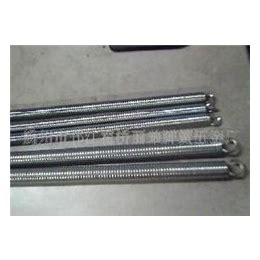最好的飞机维修专业大学排名
Title: Exploring Excellence in Aircraft Maintenance Profession
In the realm of aviation, aircraft maintenance stands as a pivotal pillar ensuring the safety, reliability, and efficiency of air travel. The pursuit of excellence in aircraft maintenance is not just a choice; it's a necessity that underpins the integrity of the entire industry. Let's delve into what constitutes the best practices and standards in the aircraft maintenance profession.
Understanding the Aircraft Maintenance Profession
Aircraft maintenance encompasses a diverse range of tasks aimed at preserving and restoring aircraft to a safe and airworthy condition. This profession demands a blend of technical expertise, meticulous attention to detail, and adherence to stringent regulations.
Key Elements of Excellence
1.
Highly Skilled Workforce
: The backbone of any toptier maintenance operation is its workforce. Technicians, engineers, and inspectors must undergo rigorous training and certification programs. Continuous education and skill development are paramount in staying abreast of evolving technologies and methodologies.2.
Robust Safety Culture
: Safety is nonnegotiable in aviation. The best maintenance practices prioritize safety at every step. Adherence to standard operating procedures (SOPs), comprehensive risk assessments, and a culture that encourages reporting of safety concerns foster an environment where safety is not just a priority but a core value.3.
Advanced Technology Integration
: Embracing technological advancements is pivotal in enhancing efficiency and accuracy in maintenance operations. From predictive maintenance algorithms to advanced diagnostic tools, leveraging cuttingedge technology minimizes downtime and maximizes aircraft reliability.4.
Stringent Regulatory Compliance
: Compliance with aviation authorities' regulations, such as the Federal Aviation Administration (FAA) in the United States or the European Union Aviation Safety Agency (EASA), is mandatory. The best maintenance practices go beyond mere compliance, aiming for a thorough understanding and implementation of regulatory requirements to ensure the highest standards of airworthiness.5.
Effective Maintenance Management Systems
: Implementing robust maintenance management systems (MMS) streamlines maintenance workflows, resource allocation, and documentation. These systems facilitate proactive maintenance planning, parts inventory management, and regulatory recordkeeping, optimizing overall operational efficiency.6.
Continuous Improvement Initiatives
: Excellence is a journey, not a destination. Toptier maintenance organizations are committed to continuous improvement. Regular audits, feedback mechanisms, and datadriven analysis enable the identification of areas for enhancement, driving ongoing refinement of maintenance processes and procedures.
Guidance for Aspiring Aircraft Maintenance Professionals
1.
Invest in Education and Training
: Pursue formal education and certification programs from reputable institutions. Seek opportunities for handson experience and apprenticeships to supplement theoretical knowledge with practical skills.2.
Prioritize Safety Consciousness
: Develop a keen awareness of safety protocols and procedures from the outset of your career. Cultivate a mindset where safety is ingrained in every task you perform.3.
Stay Updated on Technology Trends
: Embrace lifelong learning to stay abreast of technological advancements shaping the aviation industry. Familiarize yourself with emerging tools and techniques that can optimize maintenance practices.4.
Cultivate Attention to Detail
: Aircraft maintenance demands precision and meticulousness. Develop a keen eye for detail and a methodical approach to tasks to ensure accuracy and thoroughness in your work.5.
Embrace Regulatory Knowledge
: Familiarize yourself with aviation regulations and standards applicable to your region. Strive for a deep understanding of regulatory requirements to uphold airworthiness standards effectively.6.
Engage in Continuous Improvement
: Adopt a proactive stance towards selfimprovement and professional development. Seek feedback, learn from experiences, and actively contribute to the enhancement of maintenance processes within your organization.In conclusion, the pursuit of excellence in aircraft maintenance requires a multifaceted approach encompassing technical proficiency, safety consciousness, regulatory compliance, and a commitment to continuous improvement. By embodying these principles and guidelines, aspiring maintenance professionals can contribute to upholding the highest standards of safety and reliability in aviation operations.
References:
Federal Aviation Administration (FAA)
European Union Aviation Safety Agency (EASA)











